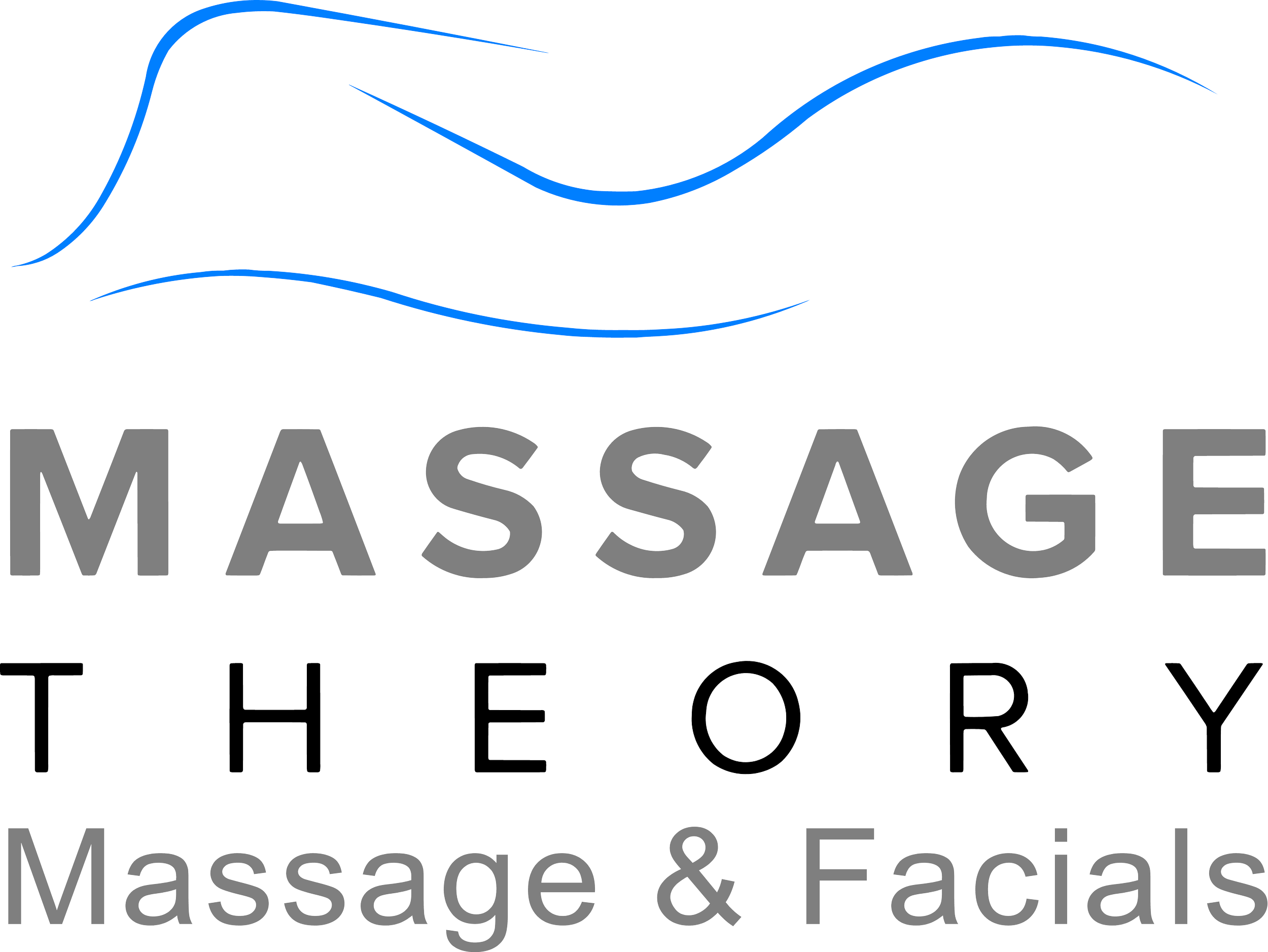How Regular Massages Assist with Pain Management
Regular massages are more than a luxury. They can be an effective tool for pain management, particularly for those who lead sedentary lives.
Massage helps break the pain cycle, increasing the range of movement and decreasing tissue inelasticity. It also boosts blood flow and loosens muscle tightness. Let’s look at some of the ways regular massages can help with pain management.
Interrupting the Pain Cycle
Massage breaks the pain cycle by relieving muscle tension, stimulating circulation, decreasing inflammation, and increasing movement.
The pain cycle begins when painful stimuli trigger reflex muscle contraction and localized muscle guarding, restricting movement and decreasing blood flow to the affected area. This reduces oxygen and metabolic waste production while contributing to swelling in surrounding tissues - all of which amplify existing discomfort.
Massage has the potential to break the cycle of pain and promote faster recovery from injury or long-term illness by disrupting its effects on the nervous system.
Increased Range of Movement
Massage can improve your range of motion (ROM) when muscles are tight or after an injury. Massage promotes blood flow to the area, reduces swelling, breaks down adhesions, and removes waste products.
Massage can also reduce pain and increase flexibility. In many cases, massage helps close the 'gate' in our nervous system that allows unpleasant sensory information to pass through to our brains.
Reduced Tissue In-Elasticity
One of the greatest advantages of massages is their ability to reduce tissue inelasticity. This issue often leads to muscle tightness and injury, so getting regular massages is an invaluable asset.
Similar to how regular exercise increases the range of motion, massage therapy can increase muscle elasticity and help them adapt more readily to new movements. This will enable you to move more efficiently and minimize the risk of future injuries.
Increased Circulation and Lymphatic Drainage
Another advantage of massage is its ability to aid pain management by increasing circulation and lymphatic drainage. This ensures your body eliminates toxins while keeping its immune system strong.
Treatment of trigger points can also be beneficial. These painful areas in your body may be deactivated through ischemic pressure that reduces local perfusion, creating hyperemia in the area which helps clear muscle of inflammatory derivatives and pain metabolites, desensitizing nerve endings.
Increased Blood Flow
One of the most well-known benefits of regular massage is its ability to improve circulation. This may prevent memory problems, fatigue, digestive problems, and, in extreme cases, blood clots.
Blood flow is a highly mechanical process, so it's no shock that massage could influence circulation. Simply put, friction between skin and fingers increases blood flow due to increased muscle temperature and tissue elasticity during a massage.
Massage therapy is beneficial because it helps reduce muscle tightness, which is often associated with chronic pain. Muscle tightness restricts movement and, however, massage increases blood flow to muscles so they receive enough oxygen and nutrients for proper functioning.
Furthermore, massage therapy can reactivate your parasympathetic nervous system (PNS), leading to a beneficial impact on heart rate and blood pressure. This in turn has an immense impact on pain management as well as helping lower levels of stress hormones in the body which have been known to contribute to chronic discomfort.
There are many ways that regular massages can help aid with pain management. Make sure you schedule a massage on a regular basis if you want to gain the many benefits found here.
